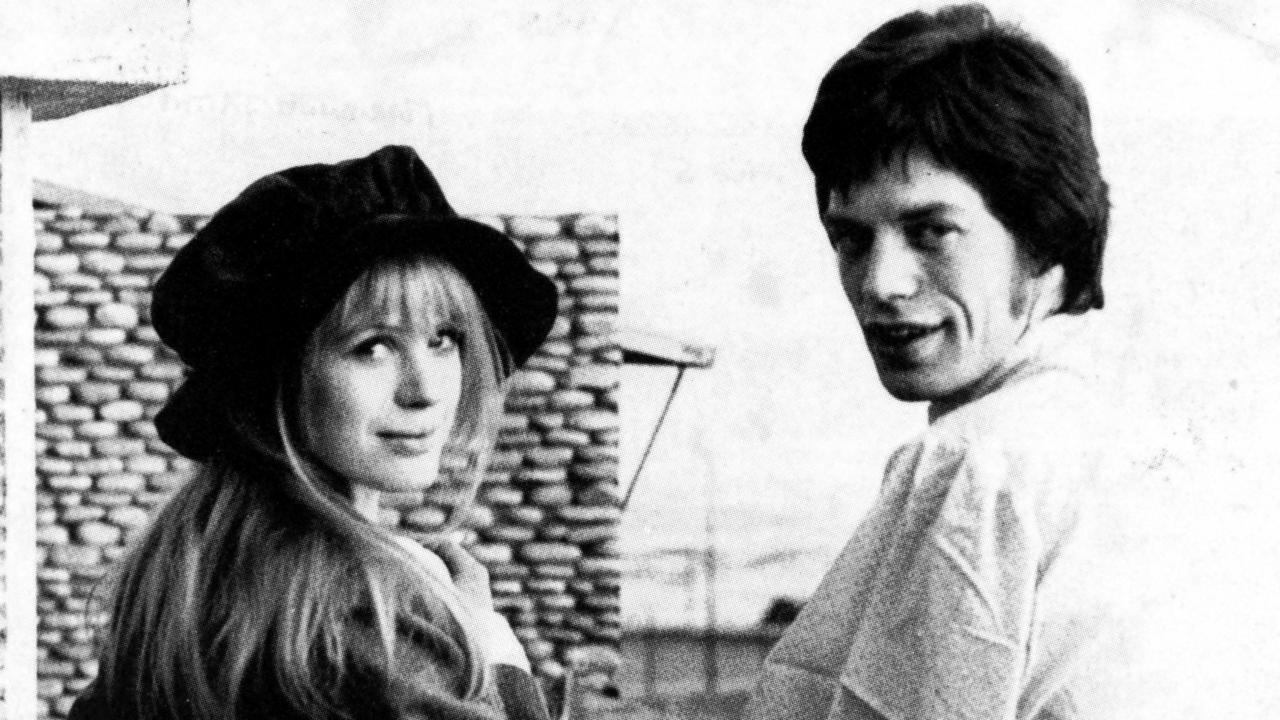Think your teenager’s terrifying? Try T. rex
Sixty-six million years ago the planet’s second most terrifying predator would have been a teenage Tyrannosaurus rex.

Sixty-six million years ago, the planet’s most terrifying predator would have been a mature Tyrannosaurus rex. And the second scariest? Well, that may have been a rowdy T. rex teenager.
An analysis of two half-grown specimens suggests the species was, in essence, two predators in one.
“They go through a drastic change when they grow up — from these sleek, slender, fleet-footed T. rexes with these wonderful knife-like teeth to these big, monster, plodding, crushing tyrannosaurs that we are familiar with,” Scott Williams of Montana State University, a co-author of the research, said. “It tells us these animals probably dominated their ecosystems at all ages.”
The study involved two small T. rex found in southeastern Montana in the 2000s, named Jane and Petey. It had been thought that Jane and Petey were a species named Nanotyrannus (dwarf tyrant) but by counting annual rings within the bone, the scientists discovered that they were teenage T. rex, aged 13 and 15. They would have been about 6m long, whereas an adult would have been twice as big at about 20 years of age.
The study, published yesterday in the journal Science Advances, suggests T. rex was able to slow its growth rates, which may have helped the younger individuals avoid competing with the only predator more fearsome than themselves — their elders.
A previous analysis of Jane’s skull found that it would not have had the power of adult T. rex and that they had very different teeth, which suggested a different feeding behaviour. “Juvenile T. rex were more adapted for precision bites and cutting flesh, while adult T. rex could bite into flesh and crush the bone,” said Holly Woodward, who led the research.
Jane was lightly built and likely to have been agile, so its prey may have been nimble.
The researchers looked at patterns of fossilised bone fibres. Messy tangles indicate fast growth and can be identified because they scatter polarised light in many directions. Fossilised bone on microscopic levels helps to establish metabolism, growth rate and age.
The study adds to scientists’ limited knowledge of the 20-year period between a dinosaur hatching and its adulthood. “Everyone loves T. rex but we don’t really know much about how it grew up,” Ms Woodward said.
The Times


